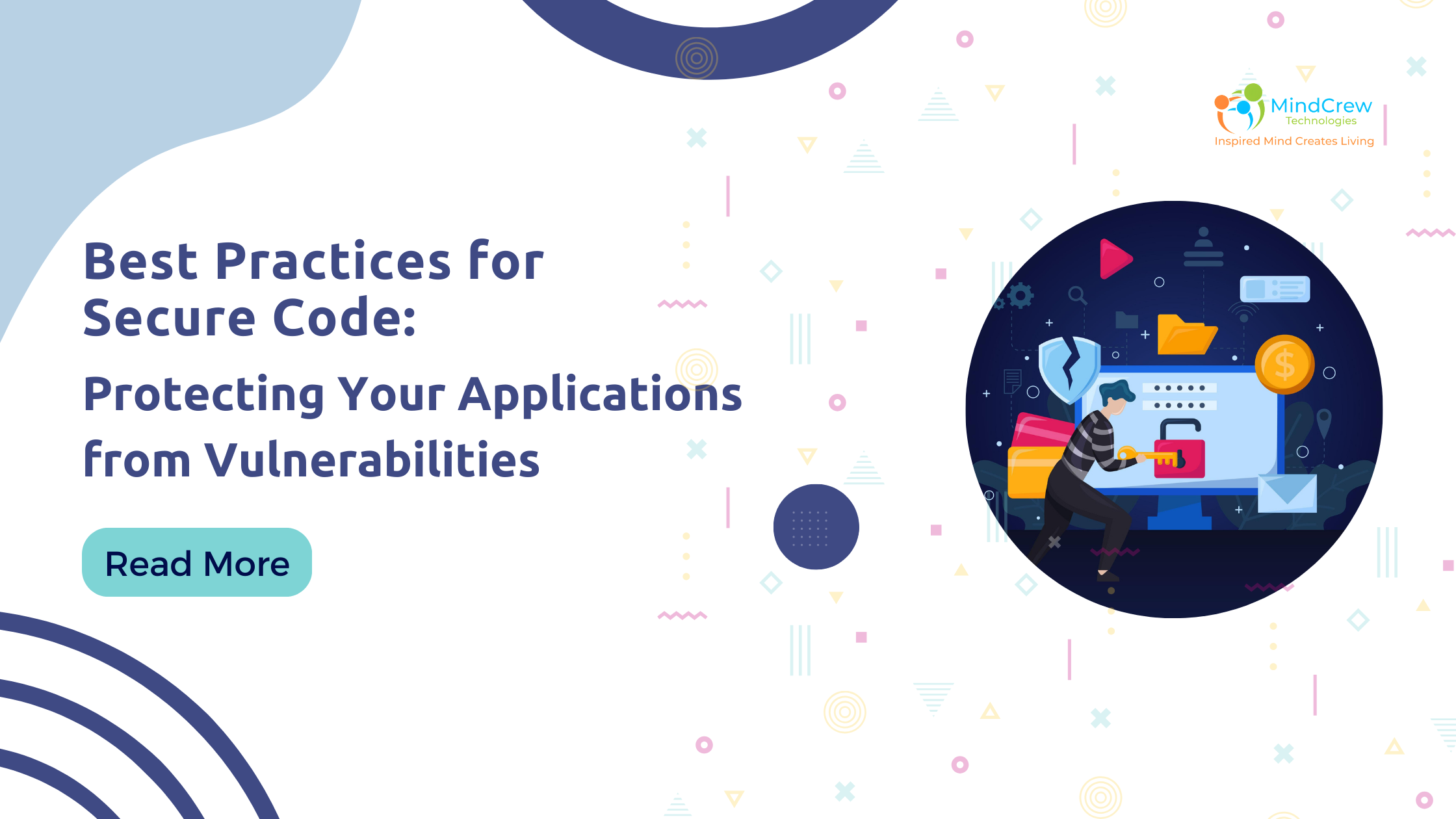Best Practices for Secure Code: Protecting Your Applications from Vulnerabilities
In today’s interconnected digital world, ensuring the security of your applications is paramount. With cyber threats evolving rapidly, developers must adopt robust practices to safeguard their code and protect users’ sensitive data. This comprehensive guide explores the best practices for writing secure code, focusing on key strategies and techniques to mitigate vulnerabilities effectively.
Understanding Application Security
Application security encompasses measures taken throughout the software development life cycle (SDLC) to protect applications from threats and vulnerabilities. These threats can range from SQL injection and cross-site scripting (XSS) to more sophisticated attacks exploiting flaws in code logic or authentication mechanisms. By integrating security practices from the initial design phase to deployment and maintenance, developers can significantly reduce the risk of breaches and ensure the integrity of their applications.
Importance of Secure Coding Practices
Adopting secure coding practices is essential for several reasons:
- Protecting User Data: Applications often handle sensitive information such as personal details, financial data, and login credentials. Secure coding helps prevent unauthorized access and data breaches.
- Maintaining Trust: Users trust applications that prioritize security. A breach can damage reputation and lead to legal and financial repercussions.
- Compliance: Many industries have regulatory requirements (e.g., GDPR, HIPAA) mandating the protection of user data. Secure coding helps ensure compliance with these standards.
- Cost-Effectiveness: Fixing security vulnerabilities post-deployment is more costly and time-consuming than addressing them during the development phase.
Best Practices for Writing Secure Code
1. Input Validation
Validate and sanitize all input data to prevent injection attacks (e.g., SQL injection, XSS). Use input validation libraries and frameworks where possible to mitigate risks effectively.
2. Authentication and Authorization
Implement strong authentication mechanisms (e.g., multi-factor authentication) and enforce least privilege principles for authorization. Use secure protocols (e.g., OAuth, JWT) for user authentication and session management.
3. Secure Configuration
Avoid hardcoding sensitive information (e.g., passwords, API keys) in source code. Store configuration details securely using environment variables or secure vaults.
4. Error Handling
Implement robust error handling to provide minimal information to attackers during failures. Log errors securely and avoid exposing stack traces or sensitive data in error messages.
5. Secure Communication
Use secure communication channels (e.g., HTTPS/TLS) to encrypt data transmitted between clients and servers. Disable insecure protocols and ciphers to prevent interception and tampering.
6. Database Security
Apply principle of least privilege to database access. Use parameterized queries or ORM frameworks to prevent SQL injection attacks. Regularly audit and secure database configurations.
7. Code Reviews and Testing
Conduct regular code reviews to identify and fix security flaws. Use automated tools (e.g., static code analyzers, vulnerability scanners) to detect common vulnerabilities (e.g., OWASP Top 10).
8. Patch Management
Stay updated with security patches and updates for dependencies, libraries, and frameworks used in your application. Promptly apply patches to mitigate known vulnerabilities.
9. Secure Development Lifecycle (SDLC)
Integrate security practices into every phase of the SDLC, including requirements gathering, design, coding, testing, deployment, and maintenance. Implement security checkpoints and conduct security-focused testing (e.g., penetration testing).
10. Educate Developers and Stakeholders
Provide ongoing training and awareness programs for developers, QA teams, and stakeholders on secure coding practices, emerging threats, and industry standards.
Tools and Resources for Secure Coding
- Static Analysis Tools: Checkmarx, Fortify, SonarQube
- Dynamic Analysis Tools: Burp Suite, OWASP ZAP, Acunetix
- Dependency Scanning: Snyk, Nexus Lifecycle, WhiteSource
- Encryption Libraries: OpenSSL, Bouncy Castle, Java Cryptography Architecture (JCA)
Case Studies and Examples
Explore real-world examples and case studies of security breaches caused by insecure coding practices. Analyze how these vulnerabilities were exploited and learn from past incidents to strengthen your application’s defenses.
Conclusion
In conclusion, prioritizing secure coding practices is crucial for safeguarding applications against evolving cyber threats. By integrating robust security measures throughout the development lifecycle, developers can mitigate vulnerabilities, protect user data, and maintain trust. Remember, security is an ongoing process that requires vigilance, continuous learning, and adaptation to new threats. Invest in secure coding practices today to build resilient and trustworthy applications for tomorrow’s digital landscape.
Protect your code, protect your users—start implementing secure coding practices today!







